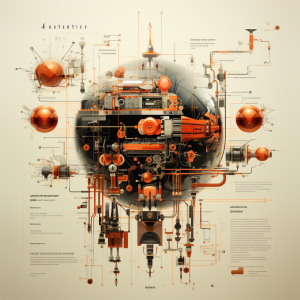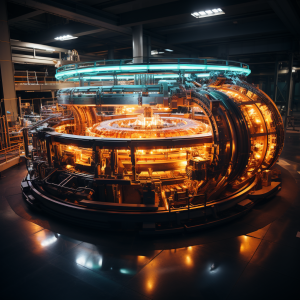
What are the key differences between static and dynamic friction?
Friction is a ubiquitous force in our daily lives. It’s what allows us to walk without slipping, drive cars, write with a pencil, and countless other activities. In physics, friction is categorized into several types, with the two most common being static friction and dynamic (or kinetic) friction. Understanding these types of friction, their differences, and their applications can shed light on a wide range of physical phenomena.
Understanding Friction
At its most fundamental, friction is the force that resists the relative motion of two surfaces in contact. It originates from the electromagnetic interactions between the atoms and molecules of the two surfaces. When you look at any surface, even one that appears perfectly smooth, it is actually quite rough at the microscopic level. When two surfaces are in contact, their irregularities interlock, and to move one surface over the other requires enough force to overcome these interlocking irregularities.
Static Friction
Static friction is the frictional force between two objects that are not in relative motion. It’s the force that keeps an object at rest and prevents it from starting to move. For example, when you push a heavy box, you need to exert some force to overcome static friction and start moving the box.
A key characteristic of static friction is that it adjusts to match the applied force up to a certain limit. If you gently push the box, the static frictional force matches your push, and the box doesn’t move. As you push harder, static friction increases, still preventing the box from moving. However, there is a maximum value of static friction that depends on the materials in contact and the weight of the box. Beyond this maximum, your push overcomes static friction, and the box begins to move. The force you need to apply to start moving an object is sometimes called the force of limiting static friction.
Dynamic (Kinetic) Friction
Once an object is in motion, it experiences dynamic or kinetic friction. This is the force that opposes the motion of one object sliding over another. Using the box example, once you’ve overcome static friction and set the box in motion, you have to keep exerting force to keep the box moving. This required force is to overcome dynamic friction.
Unlike static friction, dynamic friction doesn’t adjust to match the applied force. Instead, it remains nearly constant while the surfaces are moving relative to each other. Dynamic friction also tends to be slightly less than the maximum static friction between two surfaces, which is why it’s often easier to keep an object moving than to start it moving.
Key Differences Between Static and Dynamic Friction
State of Motion
Static friction occurs when the objects are at rest relative to each other, while dynamic friction comes into play when the objects are in motion.
Magnitude
Static friction adjusts to match the applied force up to a maximum value, while dynamic friction is nearly constant. The maximum static friction is usually larger than the dynamic friction for the same pair of surfaces.
Direction
Both static and dynamic friction act in the direction opposite to the applied force or the motion of the object.
Effects
Static friction can cause objects to stay put, while dynamic friction can cause moving objects to slow down and stop.
Applications and Examples
Understanding static and dynamic friction has crucial implications in many areas. In vehicle dynamics, the static friction between the tires and the road surface affects the maximum acceleration and deceleration, as well as the tightest turn that can be made at a given speed without skidding. Once skidding begins, the tires and road are sliding relative to each other, and dynamic friction applies, which is smaller, leading to longer stopping distances.
In earthquakes, the static friction between two sides of a geological fault holds the sides together, but when the stress becomes too great, the static friction is overcome, and the sides slide past each other, with dynamic friction then acting. The sudden movement releases energy, which travels as seismic waves, causing the shaking we feel during an earthquake.
Conclusion
While both static and dynamic friction are fundamental concepts in physics, their differences are significant and affect the way objects move in the world around us. Recognizing the interplay of these forces can help us understand and predict the motion of objects in a wide array of contexts, from the mundane to the extraordinary. Whether it’s the simple act of pushing a box, the performance of a racing car, or the ground-shaking power of an earthquake, the principles of static and dynamic friction are ever-present.




